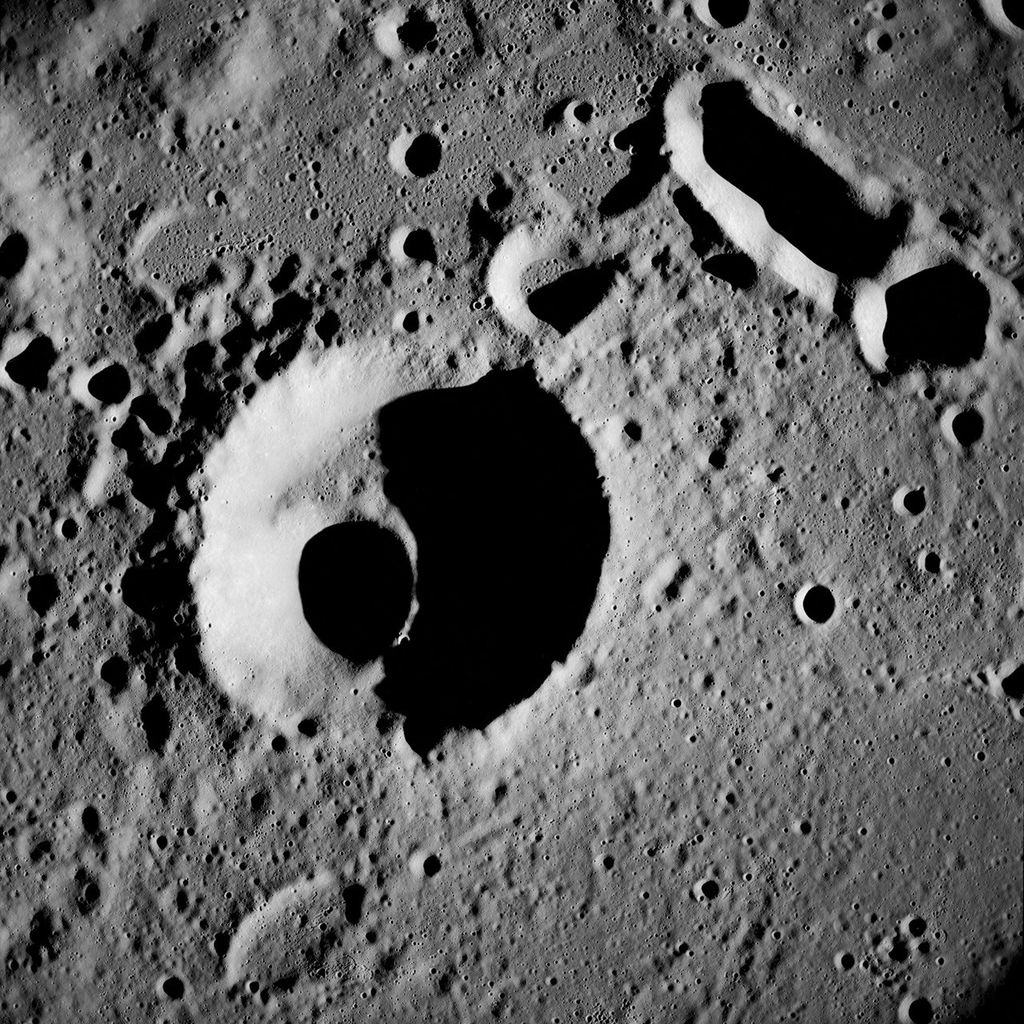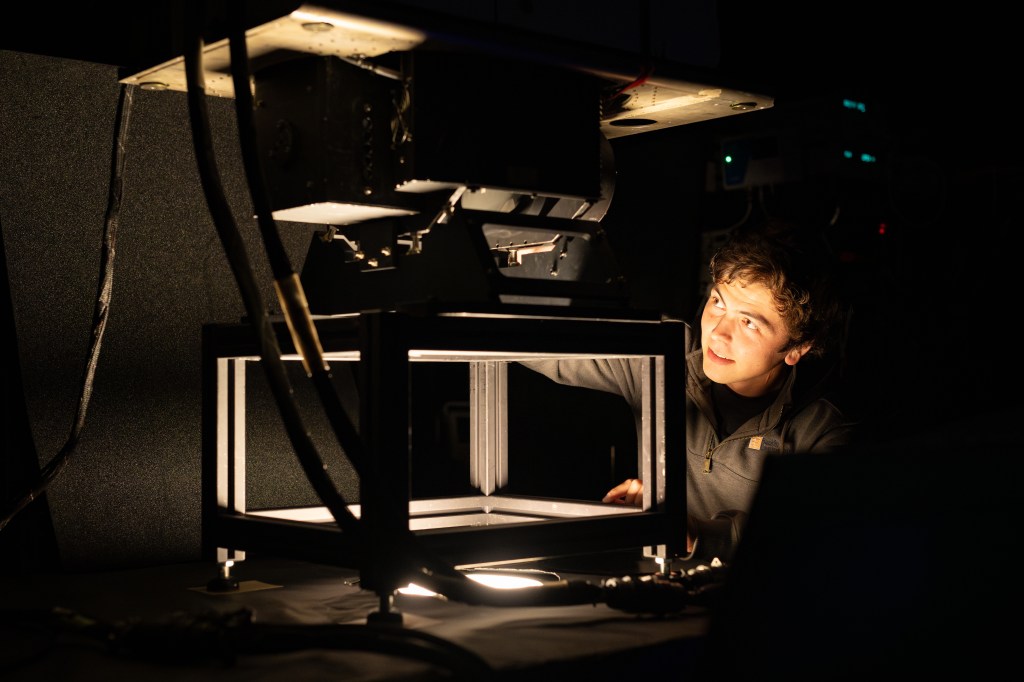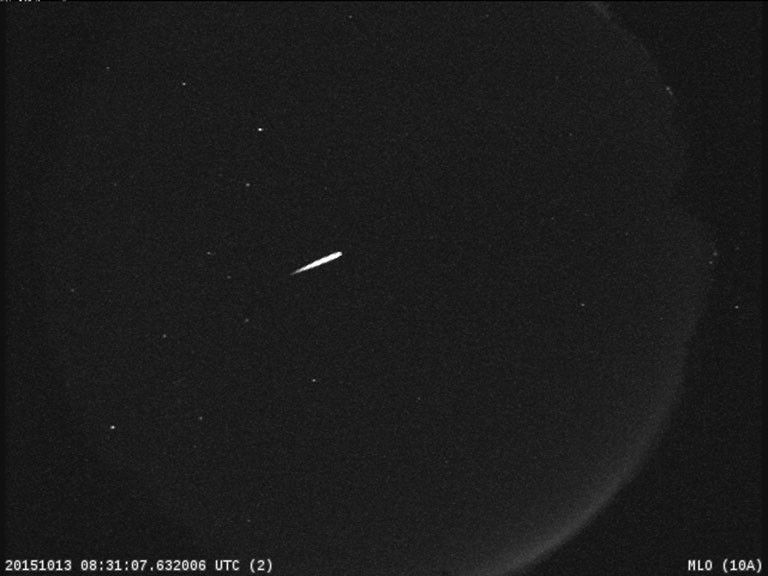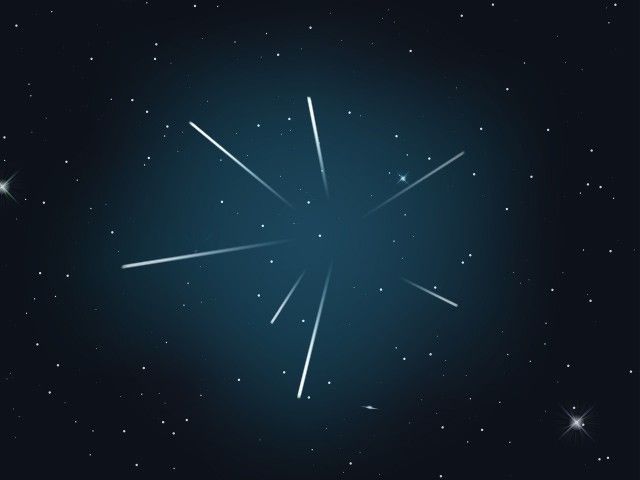Orionids Meteor Shower
The Orionids, which peak during mid-October each year, are considered to be one of the most beautiful showers of the year.
Fast Facts
| Comet of Origin | 1P/Halley |
| Radiant | Just to the north of constellation Orion's bright star Betelgeuse |
| Active | Oct. 2 - Nov. 12, 2025 (Peak night: Oct. 22-23) |
| Observed Under Dark Skies | About 5 to 6 meteors per hour |
| Meteor Velocity | 41 miles (66 kilometers) per second |
About the Meteor Shower
The Orionids, which peak during mid-October each year, are considered to be one of the most beautiful showers of the year. Orionid meteors are known for their brightness and for their speed. These meteors are fast – they travel at about 41 miles (66 kilometers) per second into Earth's atmosphere. Fast meteors can leave glowing "trains" (incandescent bits of debris in the wake of the meteor) which last for several seconds to minutes. Fast meteors can also sometimes become fireballs: Look for prolonged explosions of light when viewing the Orionid meteor shower.
The Orionids are also framed by some of the brightest stars in the night sky, which lend a spectacular backdrop for these showy meteors.
Viewing Tips
The Orionids are viewable in both the Northern and Southern hemispheres during the hours after midnight. Find an area well away from the city or street lights. Come prepared with a sleeping bag, blanket, or lawn chair. Lie flat on your back with your feet facing southeast if you are in the Northern Hemisphere or northeast if you are in the Southern Hemisphere, and look up, taking in as much of the sky as possible. In less than 30 minutes in the dark, your eyes will adapt and you will begin to see meteors. Be patient – the show will last until dawn, so you have plenty of time to catch a glimpse.
Where Do Meteors Come From?
Meteors come from leftover comet particles and bits from broken asteroids. When comets come around the sun, the dust they emit gradually spreads into a dusty trail around their orbits. Every year the Earth passes through these debris trails, which allows the bits to collide with our atmosphere where they disintegrate to create fiery and colorful streaks in the sky.
The Comet
The pieces of space debris that interact with our atmosphere to create the Orionids originate from comet 1P/Halley. Each time that Halley returns to the inner solar system its nucleus sheds ice and rocky dust into space. The dust grains eventually become the Orionids in October and the Eta Aquarids in May if they collide with Earth's atmosphere.
Comet Halley takes about 76 years to orbit the Sun once. The last time comet Halley was seen by casual observers was in 1986. Comet Halley will not enter the inner solar system again until 2061.
The comet is named for Edmond Halley, who discovered in 1705 that three previous comets seemed to return every 76 years or so and suggested that these sightings were in fact all the same comet. The comet returned as he predicted, and it was named in Halley's honor. Comet Halley is perhaps the most famous comet – it has been sighted for millennia. It is featured on the Bayeux tapestry, which chronicles the Battle of Hastings in 1066.
Comet Halley's dimensions are 16 x 8 x 8 km. It is one of the darkest, or least reflective, objects in the solar system, with an albedo of 0.03.
The Radiant
Their radiant – the point in the sky from which the Orionids appear to come – is the constellation, Orion. Orion is also where we get the name for the shower: Orionids. Note: The constellation for which a meteor shower is named only serves to aid viewers in determining which shower they are viewing on a given night. The constellation is not the source of the meteors.
You should not look only toward the constellation of Orion to view the Orionids – they are visible across the night sky. It is actually better to view the Orionids from 45 to 90 degrees away from the radiant. They will appear longer and more spectacular from this perspective. If you do look directly at the radiant, you will find that the meteors will be short. This is an effect of perspective called foreshortening.






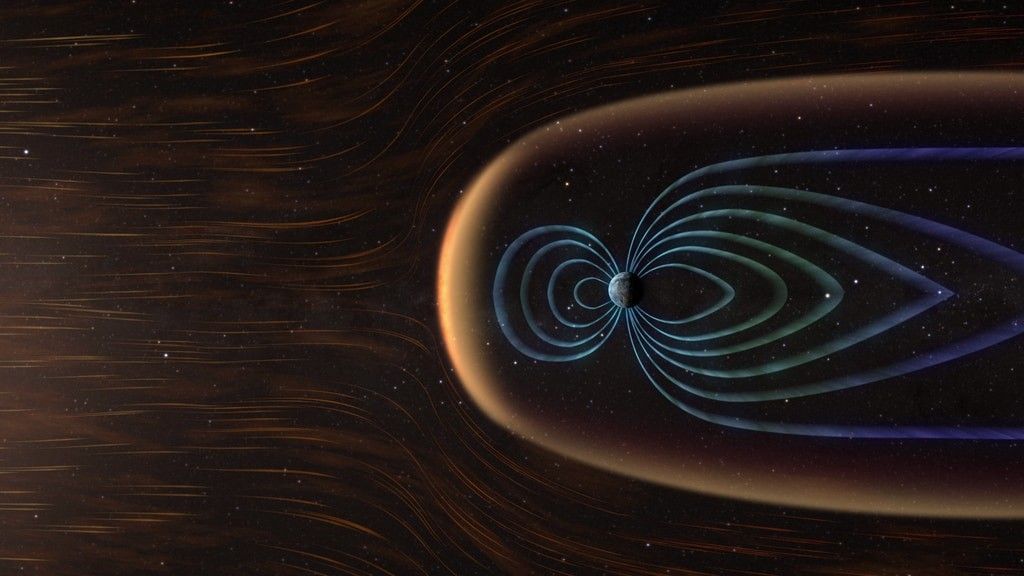
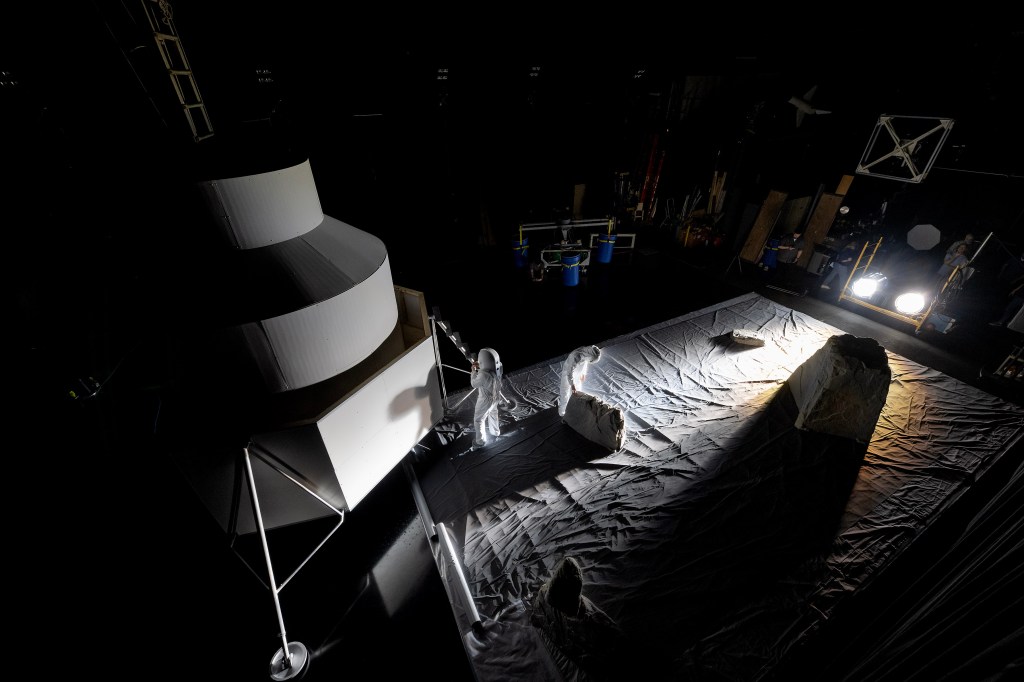




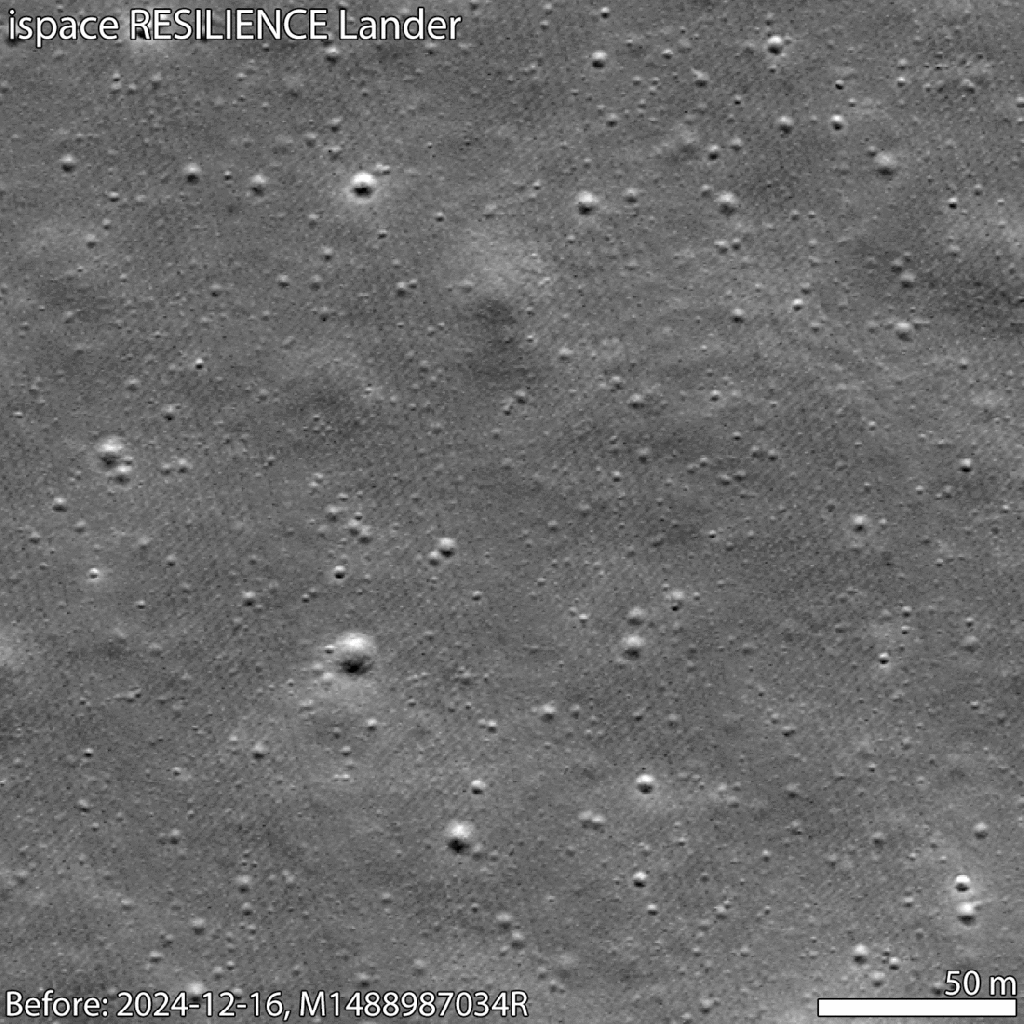
.jpg?w=1024)

